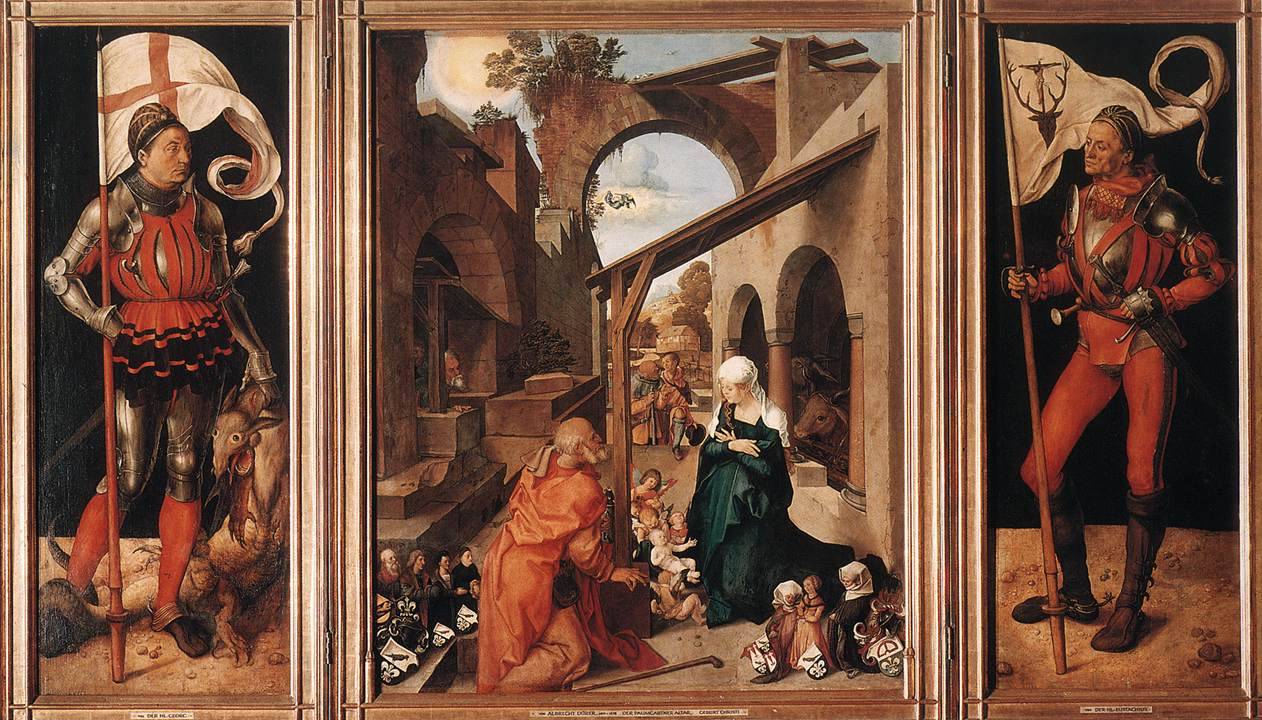William Bouguereau “The Return of Spring” / statue, chair
(This 1886 painting has been twice attacked by people offended by its overt sensuality:
a) In 1890, while on view in Omaha as part of a traveling exhibition, the work was attacked by a man named Carey Judson Warbington, who took a nearby chair and threw it at the painting. The damage was minimal. Warbington, a fervently religious man, later explained that he’d seen similar pictures in a “house of ill-fame,” and didn’t want women like his mother or sister to see a work of such blatant sexuality. He felt he had to destroy the painting because it “was not at the place which must be natural to it.” He was declared insane at his trial and committed suicide shortly thereafter.
Interestingly, in the wake of the incident, the owner of the painting bought the chair used in the attack and, for a time, had it exhibited along with Bouguereau’s piece.
b) In 1976, while on view at Omaha’s Joslyn Museum, a 37-year-old window-cleaner working in the gallery took a nearby bronze statue from its pedestal and threw it at the painting. Damages were once again minimal.)

















